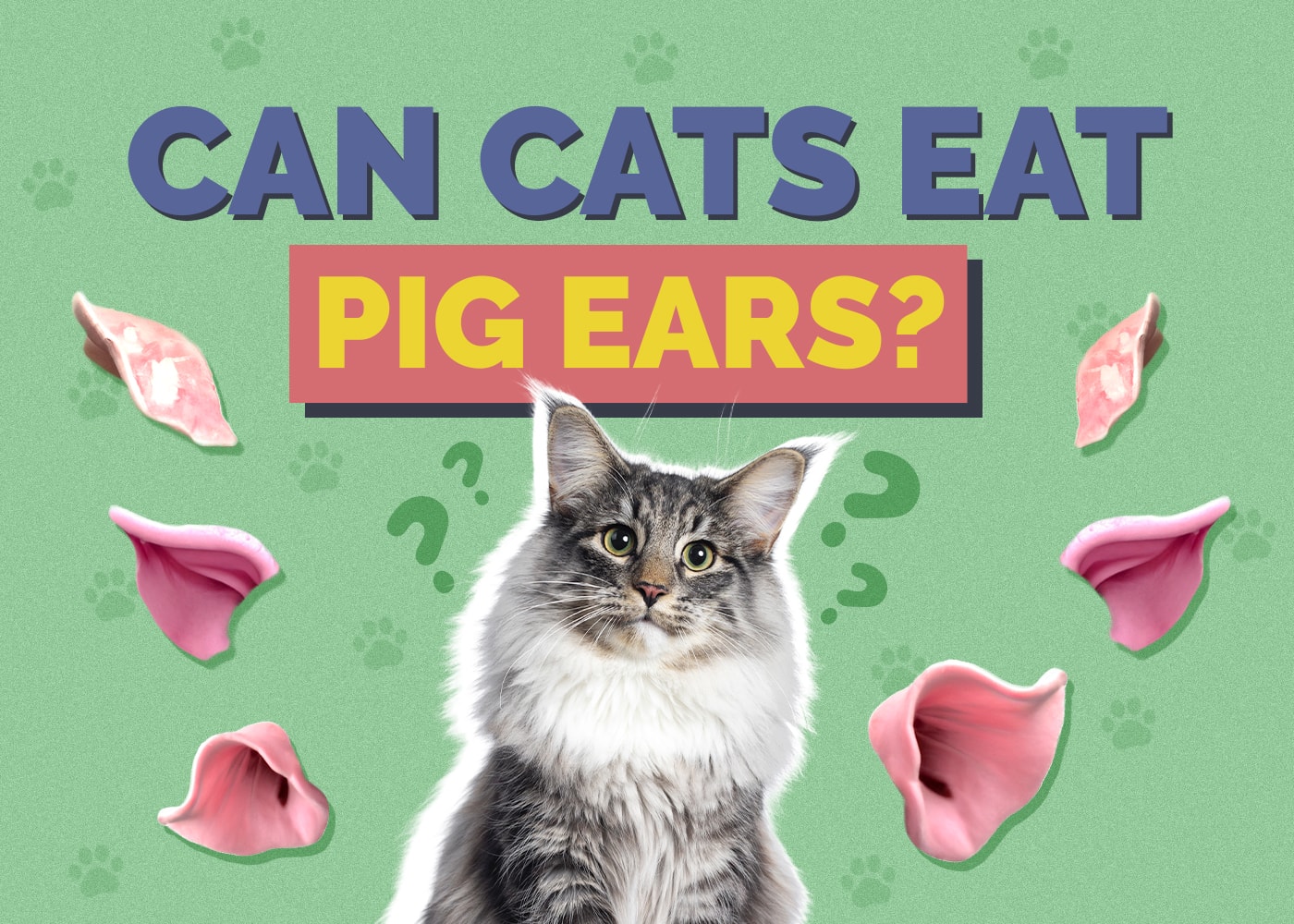How to Get Fly Trap Glue Off My Cat? 7 Vet-Approved Tips & Tricks
Updated on
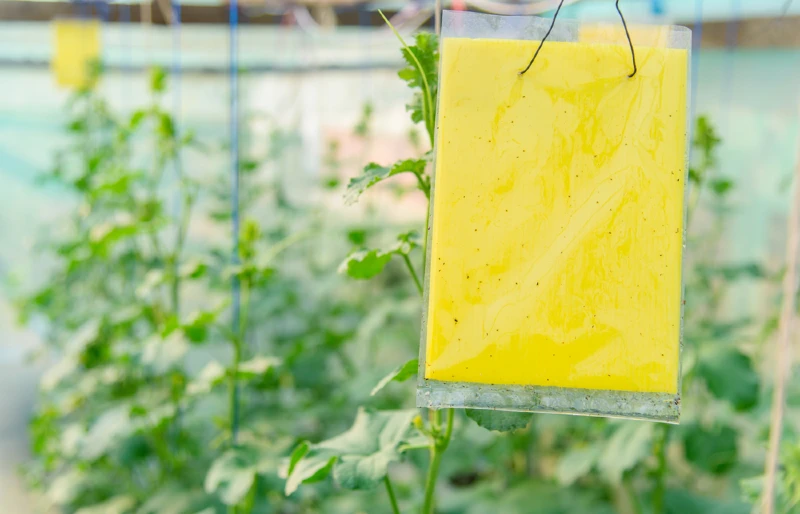
Cats are curious creatures, which can get them into a lot of trouble sometimes. If you use fly traps with adhesive in the home, it’s attractive to cats for several reasons. First, the long string might move around, triggering prey drive.
Also, a buzzing fly trying to free itself from the sticky strip might get their attention, too. It’s no surprise that they find it alluring. If you’ve found your cat caught up amongst the flies and need a fast solution, keep reading. And, if at any point you think you need professional help, don’t hesitate to call your vet for advice or to book an emergency appointment.
The 7 Tips on How to Get Fly Trap Glue Off a Cat
1. Find Out What Adhesive Is Used in the Fly Strip
Before we dig into exactly how to untangle your cat from the situation, it’s important to have a little information on what is used in glue traps. Often, these glues are made of an adhesive substance called rosin.
Rosin is a type of adhesive that is non-toxic. However, not all fly traps use the same materials, so check the packaging to ensure you are not touching toxic materials. We recommend only buying fly traps without chemicals or pesticides, especially if you have pets in the home.
If you find that there are toxic elements listed on the ingredients, wear gloves for the removal.
2. Get a Helper, If Needed
If you fear that your cat won’t hold still long enough for you to accomplish this task, we highly advise getting someone to help you out. It can be very challenging to try to wrangle your cat to perform the removal and it is likely best for all involved to have an extra person on board.
A helper can aid you in securing and calming your cat while you work on removing the strip. They can also help later with the bathing and drying process.
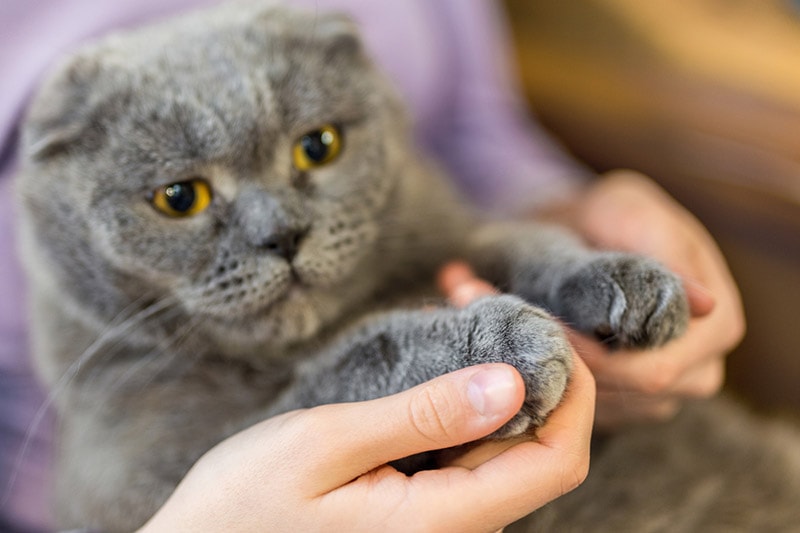
3. Try to Calm Your Cat
Your cat could be a little stressed out if they are tangled up in a fly trap. Before you start to untangle them, it’s best to find a way to keep them calm. If your cat is being frantic, it could cause a bigger mess and even lead to major hair loss or skin damage.
More docile cats might hold still through the process, but anxious or hyper cats could have a hard time. It is crucial to keep your cat and yourself safe during this process. Your cat could unintentionally claw or bite you due to being overwhelmed.
This part can be a little tricky, so if you have a helper, you can have them secure your cat while you finish the next steps. If you’re attempting it on your own, secure them in a small, enclosed space, like a bathroom, and begin the glue removal process.
You can always use treats to incentivize them as well.
4. Remove the Adhesive
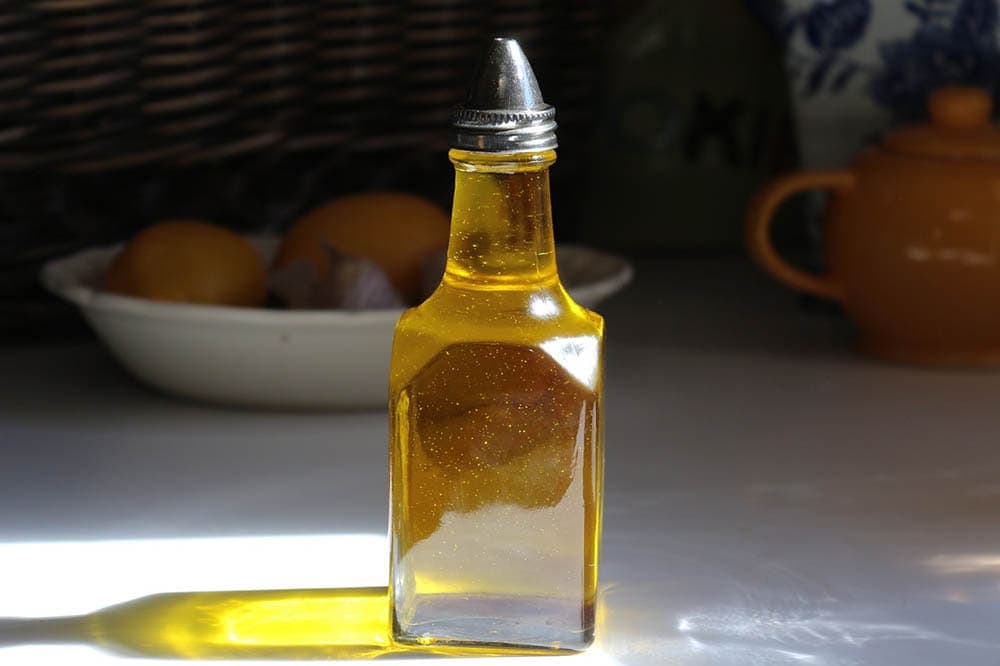
Oil should be your first go-to if your cat has gotten into the fly trap. These oils help to adhere to this substance and coat it, preventing it from sticking efficiently. It is cheap, effective, and you likely already have some in your cabinet.
- Vegetable oil
- Coconut oil
- Olive oil
- Grapeseed oil
If you don’t have any of these oils, you can potentially use butter, as it creates the same non-stick effect, it’s just less effective. Do not use any chemical compounds to remove the adhesive, as it can pose serious risks to your cat.
You can apply the oil to the area where the fly trap is stuck and slowly work it between the fur and strip. You won’t need to douse the area completely, but you can use a generous amount as needed.
Slowly, you should see the strip start to release.
5. Check for Skin Breakages or Wounds
If your cat had the adhesive stuck close to their skin or got it on any sensitive areas like paw pads or the nose and mouth, it could have removed layers of skin. If your cat was trying to rip off the fly strip, it could have also caused breakages before you intervened.
Once you have successfully removed the flytrap, look them over completely to check for any wounds or skin exposure. If you find a wounded area, make sure you treat this spot with special care and use saline solution or a cat-safe antiseptic to cleanse the area after bathing. Then seek professional advice from your vet to ensure further care isn’t required.
6. Bathe Your Cat
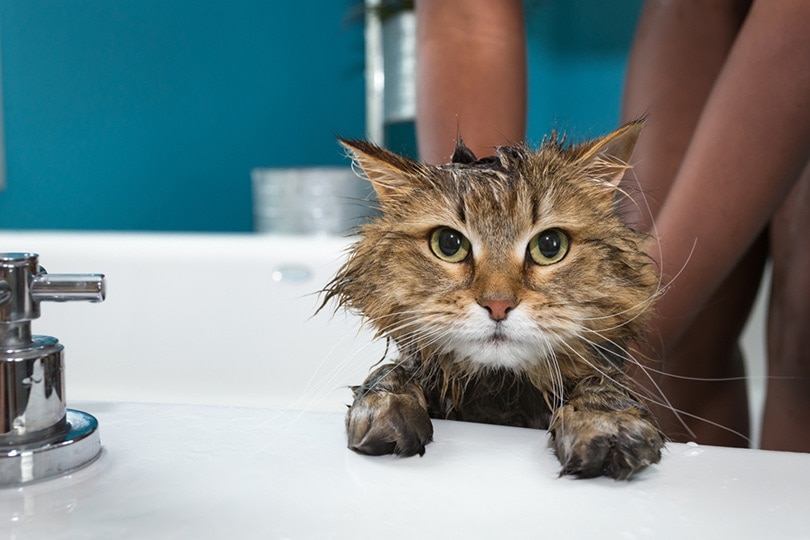
Once you have fully removed the strip and searched the affected area for wounds, it’s time to bathe the affected area. The adhesive will still be throughout the coat, so it’s important to thoroughly remove the remains to prevent sticking and clean the skin and hair.
If you have cat shampoo on hand, lather them up particularly well, working your fingers through the fur to remove any residue. Rinse the area and towel dry them, as much as they will allow.
You might read other articles that suggest dish soap for bathing. Dish soap can be great at removing greasy substances, but it can also dry out your cat’s skin. So, if you have a pet shampoo and conditioner alternative, we recommend using cat-safe products over dish soaps.
7. Check Them Over Once More
Once your cat dries, you need to check them for any remaining adhesive. If you find small sections where you can still feel stickiness, take a dab of oil, and gently work these hair strands between your fingers.
Go light on the oil. If you use too much, it could result in a follow-up bath. Instead, lightly coat the area to keep it from sticking, which will allow you to remove any problem spots from the coat without repeating the bathing process.
Fly Trap Adhesive Toxicity
Historically speaking, companies didn’t always use the friendliest ingredients when making fly strip adhesive. They once used many substances that were toxic to both people and pets. Luckily, they’ve gone with safer alternatives these days.
However, fly traps can have several chemicals or pesticides used to kill flies and other pests of flight. If your cat is exposed, it could cause toxicity, especially if it is ingested.
- Drooling
- Vomiting
- Diarrhea
- Incoordination
- Difficulty breathing
- Tremors
- Seizures
- Lethargy
- Coma
Toxicity is a serious and even life-threatening condition. If you suspect it, call poison control and get to your vet immediately.
Vet Visits
Sometimes, your cat being exposed to a flytrap can prompt a vet visit. If your cat is seriously wounded or encounters a toxic substance from the strip, take them in for evaluation. Or, if removal is too complicated to perform at home, your vet will have safer measures at their disposal to aid removal.
For wounds, your vet might prescribe treatment options, such as antibiotics. For toxicity, they will treat on a case-by-case basis depending on the severity and display of clinical signs.
Conclusion
Removing a fly strip from your cat might be challenging, but it’s sometimes a relatively simple process. You might need a helping hand to ensure your cat stays calm while you stay safe from clawing or scratching.
If your cat has any major skin breakages or has potentially been exposed to harmful chemicals, you should call your vet right away. This could be a veterinary emergency. Remember to check the fly trap label to understand the ingredients and their potential for toxicity.
Featured Image Credit: rukawajung, Shutterstock





